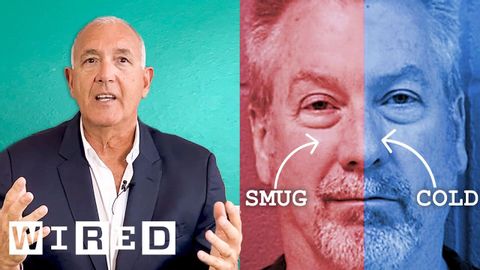
Subtitles & vocabulary
Former FBI Agent Explains How to Read Facial Expressions | WIRED
00
ZHIH posted on 2024/02/20Save
Video vocabulary
conscious
US /ˈkɑnʃəs/
・
UK /ˈkɒnʃəs/
- Adjective
- Aware of what is going on around you
- Intentionally done; deliberate.
A2
More recognize
US /ˈrek.əɡ.naɪz/
・
UK /ˈrek.əɡ.naɪz/
- Transitive Verb
- To accept the truth or reality of something
- To consider something as important or special
A2TOEIC
More genuine
US /ˈdʒɛnjuɪn/
・
UK /ˈdʒenjuɪn/
- Adjective
- Being real, actual, and not false or artificial
- Being sincere in your actions or character
A2TOEIC
More Use Energy
Unlock All Vocabulary
Unlock pronunciation, explanations, and filters
